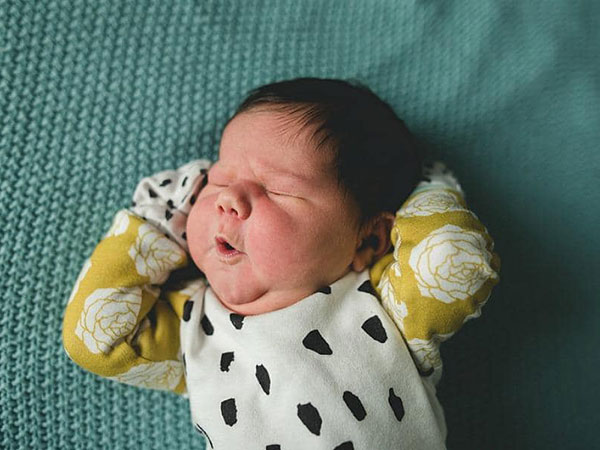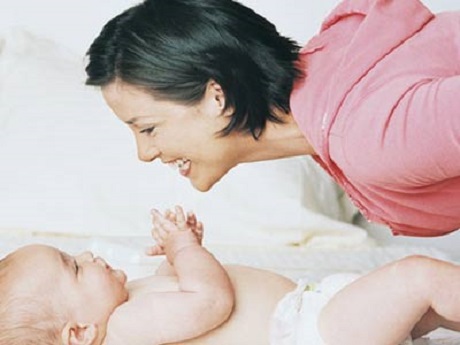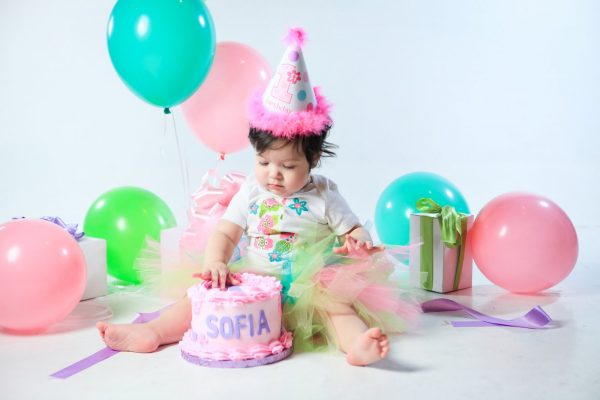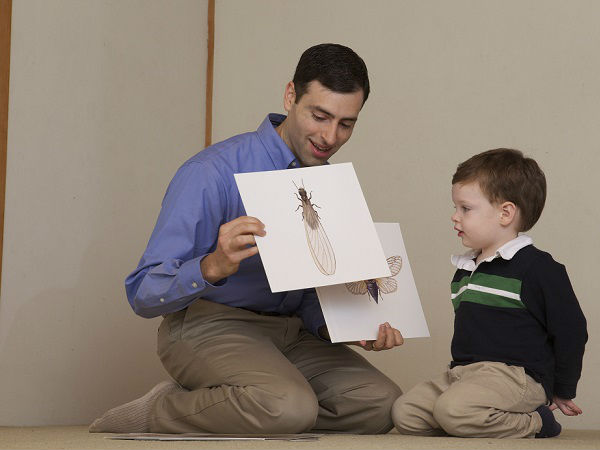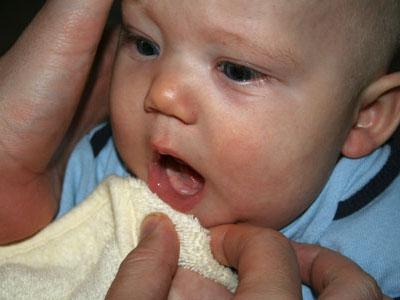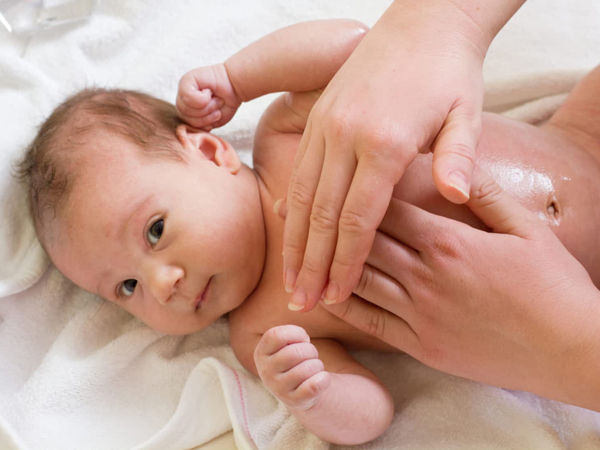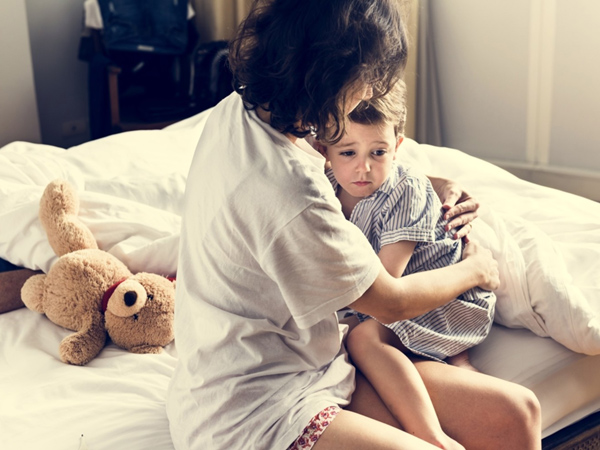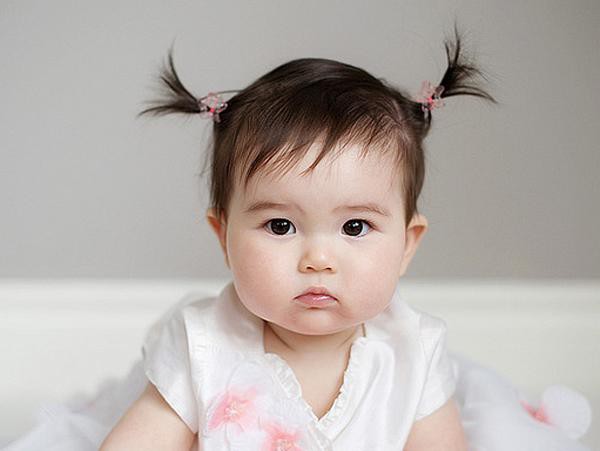You can practice for your baby to practice some simple movements to create a habit of movement from a young age. However, you should consider between exercises suitable for each age of the baby.
How does a 6-month-old baby develop?
With babies 6 months old onwards, their physique is developing and gradually perfecting, basic motor skills are also formed and developed. At this point, you should proceed to let your baby practice some simple movements to create a habit of movement from a young age. However, each baby's physical development is not quite the same, and the baby's spine and bones are still young. Therefore, you should consider between exercises suitable for each age of the baby.
Before training, take off your baby's clothes for convenience. Children can practice on a table, bed or floor with a mat. Set a fixed schedule for your baby's practice. Exercise should take place every day, at the same time, and at the same length of time. This will help your baby become familiar and self-aware of that practice.
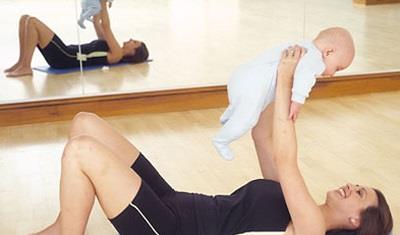
Some exercises for children:
Chest enlargement movement: hold the baby's hands firmly, let the hands bend to the chest first and then open perpendicular to the body.
Straighten movement: hold the baby's hands firmly, bring it up to the head, the arms slowly bring down the sides of the body.
Leg flexion: hold the baby's legs firmly, let the legs bend down at the knees at 90 degrees perpendicular, and then slowly straighten the legs out.
Foot lifting movement: hold the baby's legs firmly, raise the baby's legs up to a height perpendicular to the upper body, then slowly bring down the legs.
Hand rotation: hold baby's arm firmly, the other hand firmly grip baby's hand, turn the baby's hand slowly clockwise then counter-clockwise, then switch hands.
Foot rotation: one hand hold the foot, the other hand hold the baby's feet, rotate the baby's feet anti-clockwise, then change legs.
Turn over: one hand supports the baby's belly, the other hand supports the baby's back, at the same time using slight force to turn the baby, the baby can hold the state of turning over for 30 seconds to 1 minute and then turn the baby back and then turn over there .
Note when the baby is active:
After the exercise you should change into new clothes and diapers for your baby
Do not let your baby practice when too hungry or too full, preferably 1 hour after feeding. If your baby shows signs of fussy and crying, does not want to practice, please stop.
Absolutely not force your baby to practice movements that are too much for them or they don't like.
When practicing, the room must be quiet with moderate light, so the baby can play soft music.
Movements when performed gently and moderately. During practice, always smile and give praise so that your baby can feel your love
According to the child's physical development and over time you can gradually increase the difficulty of the movements to suit the baby's age. You should also be persistent in practicing every day to form a habit. In addition, you should also regularly take your baby out for walks, breathe the air, let them observe around at a young age to learn to get used to the outside environment.
